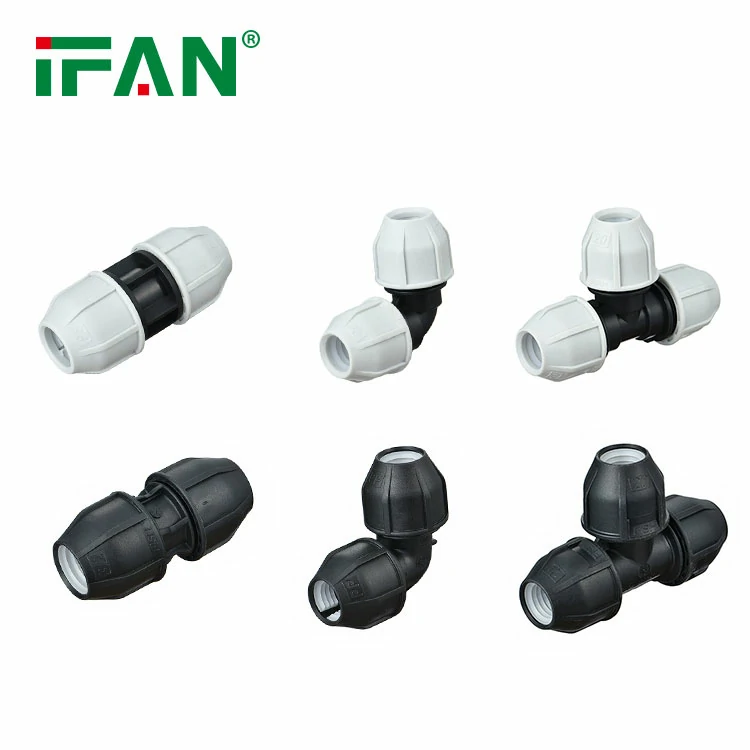Introduction to Compression Fittings
Compression fittings are widely used in plumbing and piping systems for their ease of installation and reliability. They create a secure seal by compressing a ring onto the pipe. However, there are certain situations where compression fittings are not suitable. This article explores where they should not be used.
High-Pressure Systems
Compression fittings are not ideal for high-pressure systems. They may fail under extreme pressure, leading to leaks or pipe damage. For example, industrial hydraulic systems often require welded or flanged connections. Using compression fittings in such scenarios can compromise safety and efficiency.
High-Temperature Applications
Compression fittings are unsuitable for high-temperature environments. Materials like rubber or plastic in the fittings can degrade under heat. For instance, steam systems or high-temperature water lines require specialized fittings. Compression fittings cannot withstand prolonged exposure to extreme heat.

Corrosive or Chemical Environments
Compression fittings are not recommended for corrosive or chemical-heavy systems. Certain chemicals can damage the fitting’s materials, leading to failure. For example, in chemical processing plants, corrosion-resistant materials like stainless steel or PVC are preferred. Compression fittings may not provide adequate protection.
Systems with Vibration or Movement
Compression fittings are not ideal for systems with constant vibration or movement. They can loosen over time, causing leaks. For instance, in automotive or machinery applications, flexible hoses or threaded fittings are better suited. Compression fittings lack the durability needed for such environments.
Underground or Buried Piping
Compression fittings are not recommended for underground or buried piping systems. Soil movement or external pressure can compromise the fitting’s seal. For example, in irrigation or gas distribution, welded or fused joints are preferred. Compression fittings are prone to failure in these conditions.
Systems Requiring Permanent Connections
Compression fittings are not suitable for permanent connections. They are designed for ease of disassembly and reassembly. For example, in plumbing systems where permanence is critical, soldered or glued joints are used. Compression fittings may not provide the same level of reliability.
Large-Diameter Pipes
Compression fittings are not practical for large-diameter pipes. They are designed for smaller pipes and may not provide a secure seal on larger ones. For instance, in water mains or industrial pipelines, flanged or mechanical joints are used. Compression fittings are not scalable for such applications.
Conclusion
Compression fittings are versatile but have limitations. They are unsuitable for high-pressure, high-temperature, corrosive, or vibrating systems. They should not be used underground, for permanent connections, or with large-diameter pipes. Understanding these limitations ensures safe and efficient system design.

